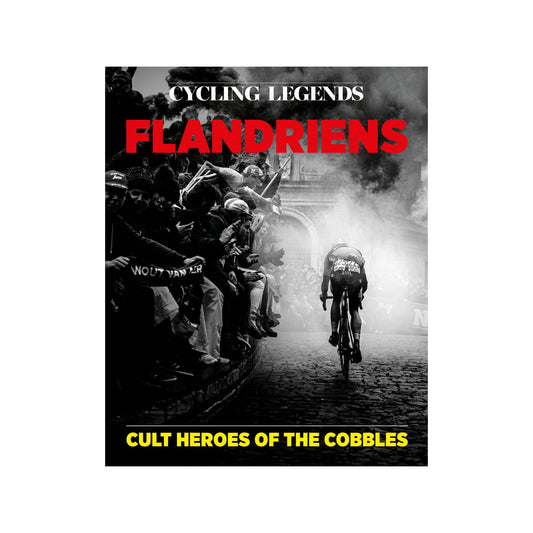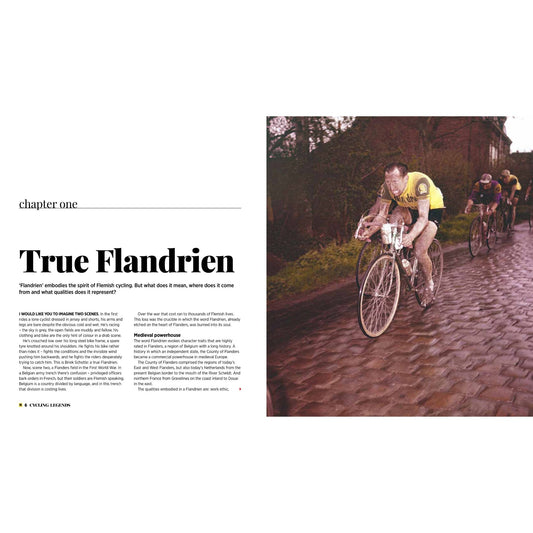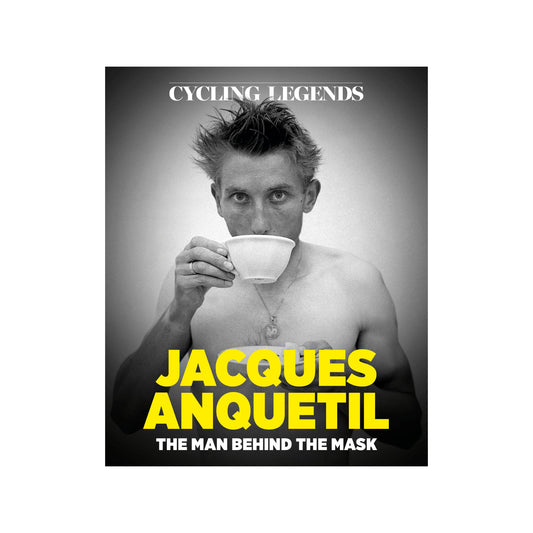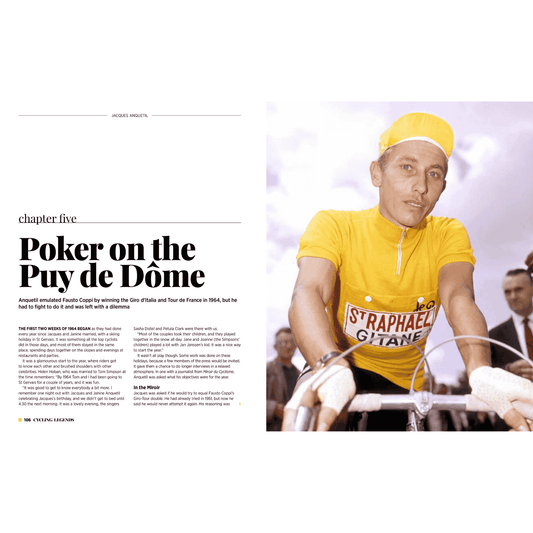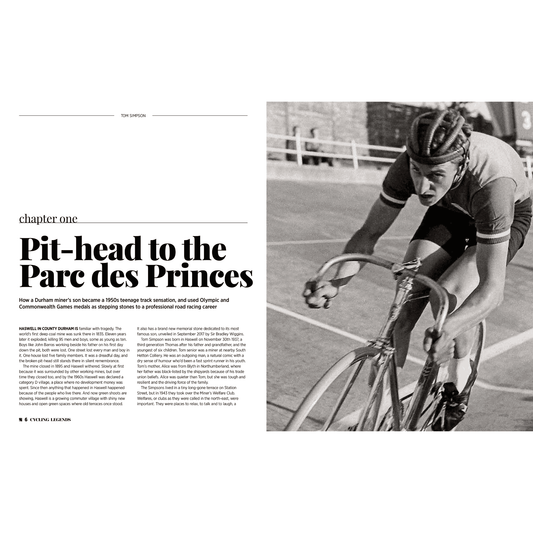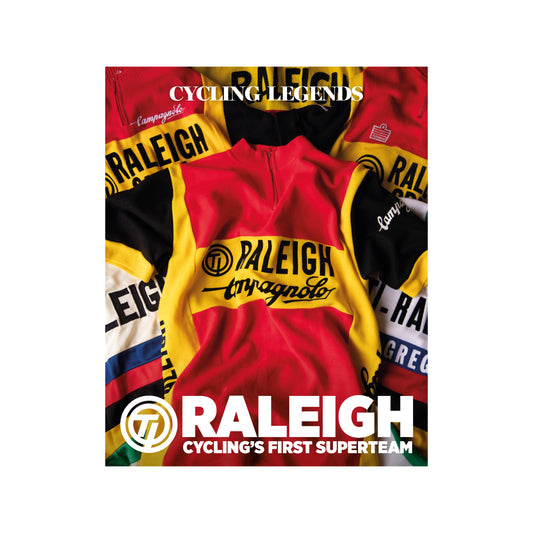Flanders has its Koppenbergs and Kwaremonts, the Tour de France its Galibiers and Tourmalets, the Giro its Stelvios, the Vuelta its Anglirus. Iconic climbs, places to be, to ride, to watch and remember. And when Europe was divided by an Iron Curtain, the communist countries behind it had their own places made famous by cycling. One of them was this, the Wall of Meerane.
It was in East Germany, or the German Democratic Republic (DDR) to give it its proper name. A 300-metre 13 percent ramp of cobbles in the centre of Meerane, a town just west of Chemnitz, or Karl-Marx-Stadt as it was, and it became famous in cycling because of the Peace Race.
The first Peace Race was held in 1948. It was 7 stages long over 1104 kilometres, starting in Warsaw, capital of Poland, and finishing in Prague, capital of the country then known as Czechoslovakia.
By 1952 the Peace Race was 12 stages and 2135 kilometres, linking Warsaw with Berlin and Prague. Sometimes those capital cities were linked in a different order, but linking the 3 capitals became the Peace Race default route. Sometimes it was even called Berlin-Warsaw-Prague.
It was created to ease tensions between eastern and central European nations arising after the Second World War. As it grew the Peace Race created legends out of places like the Wall of Meerane, and boy did it grow.
Our photo is from the 1961 Peace Race, and it shows the interest with people packed into either side of the street and hanging out of upstairs windows to see the action. It was a fearsomely hard race too.
It was amateur only; the Eastern Bloc being ideologically opposed to professional sport. Having said that, many of its sports stars lived like professionals with professional team support and all the time they needed to train.
The teams fielded by western countries tended to be full of young amateurs going up against experienced, mature competition. Other than in its early years, it was rare for westerners to win a stage, let alone the whole race.
📸 German Federal Archive
